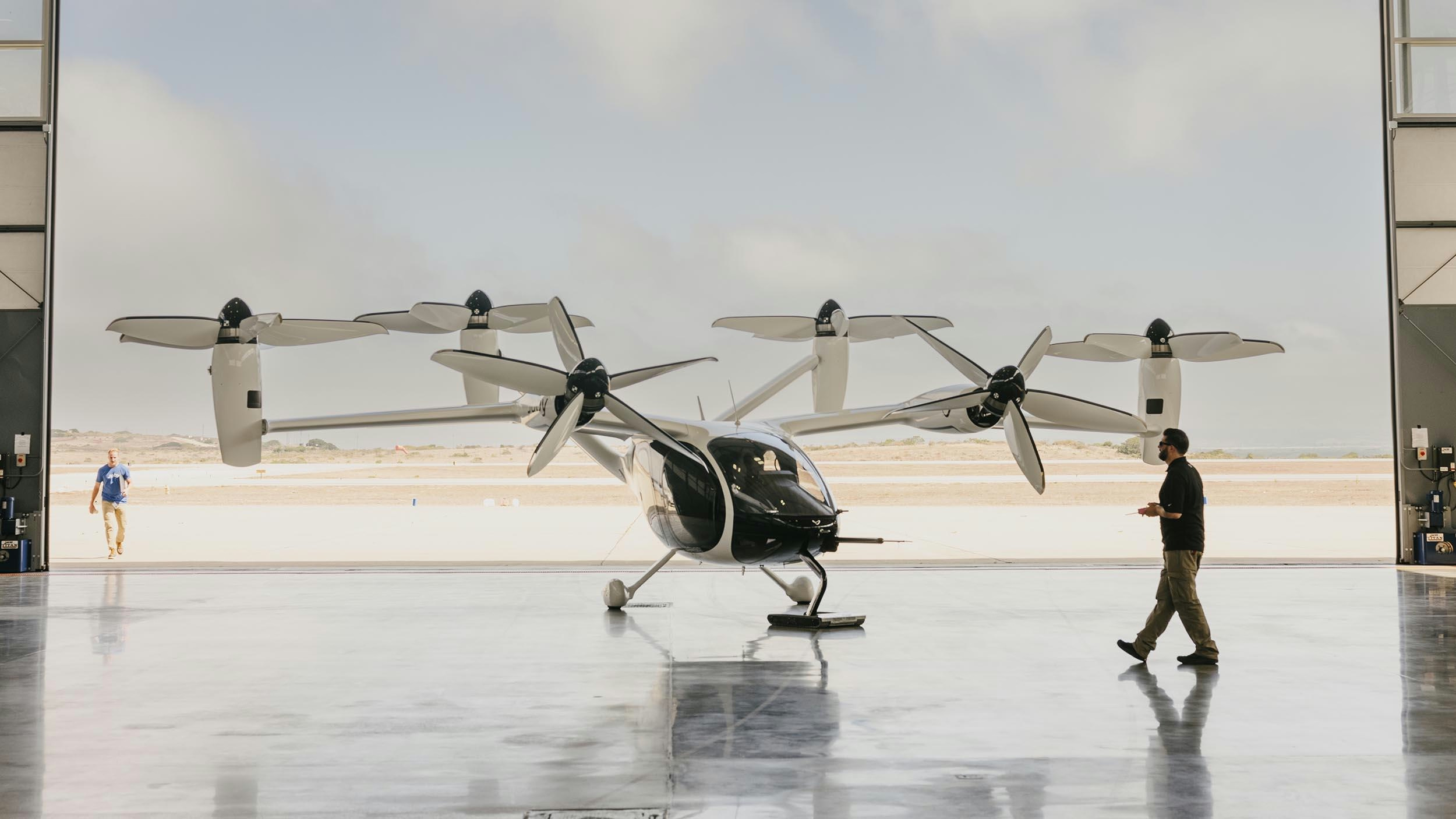
AeroGenie – Ihr intelligenter Copilot.
Trends
Categories
Dubai Airshow 2025 Highlights Advances in Sustainable Aerospace Innovation
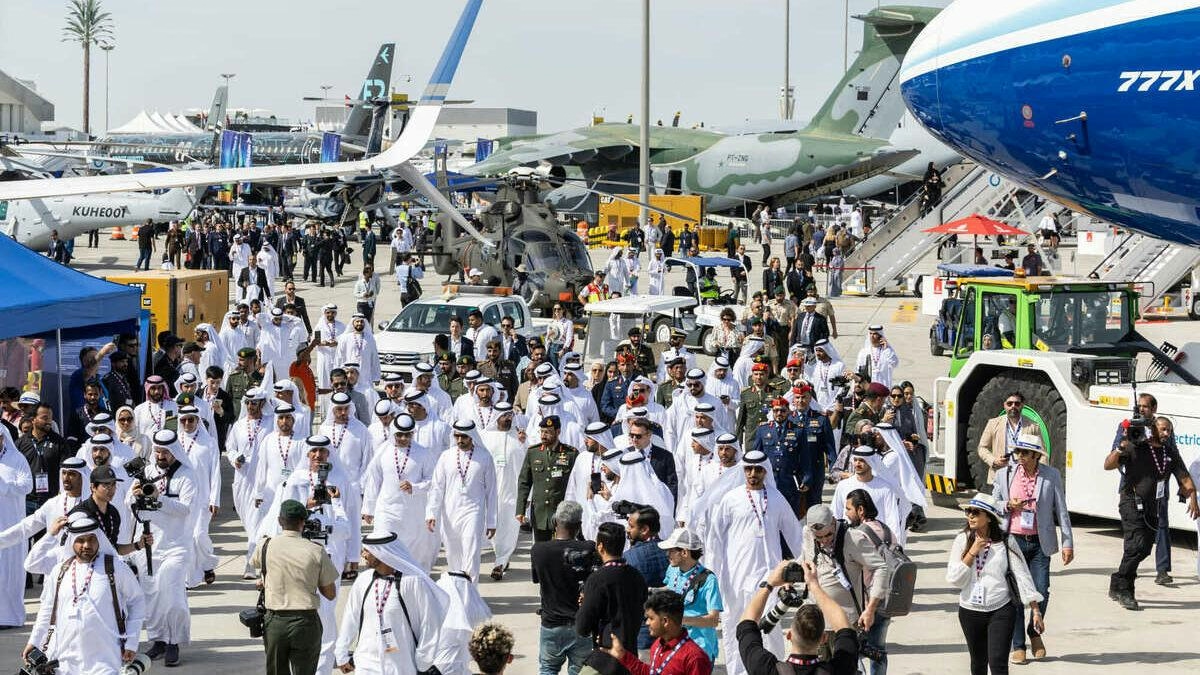
Dubai Airshow 2025 Highlights Advances in Sustainable Aerospace Innovation
A Pivotal Moment for Aviation Sustainability
The Dubai Airshow 2025 is poised to mark a significant milestone in the aerospace industry’s pursuit of sustainability, convening global leaders, innovators, and policymakers to accelerate the transition toward a net-zero future. Centered on sustainability, the 19th edition of the Airshow will emphasize practical solutions and collaborative partnerships designed to decarbonize aviation and redefine the sector’s trajectory.
This year’s event arrives amid a complex backdrop of geopolitical tensions and an urgent imperative to reduce carbon emissions, testing the resilience of global aviation. The spotlight will be on emerging technologies with transformative potential, as industry observers anticipate that innovations unveiled during the Airshow will compel competitors to intensify their sustainability commitments.
Collaborative Efforts and Industry Leadership
Key participants include Dubai Airports, Airbus, Boeing, the World Economic Forum (WEF), Airports Council International (ACI), and the General Civil Aviation Authority. The Airshow will underscore the importance of cooperation across the aviation value chain, addressing critical challenges such as scaling sustainable aviation fuel (SAF) production, advancing enabling policy frameworks, and mobilizing green financing to support the sector’s energy transition.
A centerpiece of this year’s event is the oneDXB Sustainability Alliance’s dedicated showcase, which demonstrates how a fully sustainable ground turnaround can be achieved. Spearheaded by Dubai Airports and involving airlines, ground handlers, and service providers such as dnata and flydubai, the Alliance exemplifies coordinated action and shared responsibility. The showcase will present current practical solutions and outline future initiatives aimed at establishing an end-to-end sustainable aviation ecosystem at Dubai International (DXB) and Al Maktoum International (DWC) airports.
Sven Deckers, Director of Sustainability at Dubai Airports, highlighted the urgency of this transition, stating, “Sustainability in aviation is no longer about future ambition, it is a current necessity. The Dubai Airshow is an important platform to bring global stakeholders together, highlight practical solutions, and move vital discussions forward. At Dubai Airports, our focus is on creating a more sustainable tomorrow in collaboration with our partners, and events like this play a key role in turning shared goals into real progress.”
Julien Manhes, Head of Sustainable Aviation Fuels and Carbon Dioxide Removal at Airbus, reinforced this perspective, noting, “Sustainability is a strategic priority for the global aerospace industry. The Dubai Airshow is a key platform for Airbus to showcase our latest technologies and strengthen the partnerships needed to accelerate the industry’s decarbonization journey. This year’s theme, ‘The Future is Here,’ reflects that shared ambition.”
Expanding the Dialogue on Sustainable Aviation
The Airshow’s expanded two-day sustainability conference will address pressing issues such as the scalability of SAF, next-generation fuels, airport decarbonization, green finance, and sustainable innovation. Confirmed speakers include Justin Erbacci, Director General at ACI World; Captain Sulaiman Almuhaimedi, Executive Vice President for Aviation Safety and Environmental Sustainability at the General Civil Aviation Authority; and Sven Deckers of Dubai Airports.
The event also highlights the region’s growing commitment to aviation as a vital economic sector, exemplified by the Mohammed Bin Rashid Aerospace Hub’s surge in business aviation traffic. Broader industry discussions, including those at the Skift Global Forum East 2025, further illustrate the evolving landscape and the increasing influence of major markets such as India and China.
As the Dubai Airshow 2025 convenes, it serves not only as a platform for showcasing innovation but also as a catalyst for decisive action, shaping the sustainable future of global aerospace.
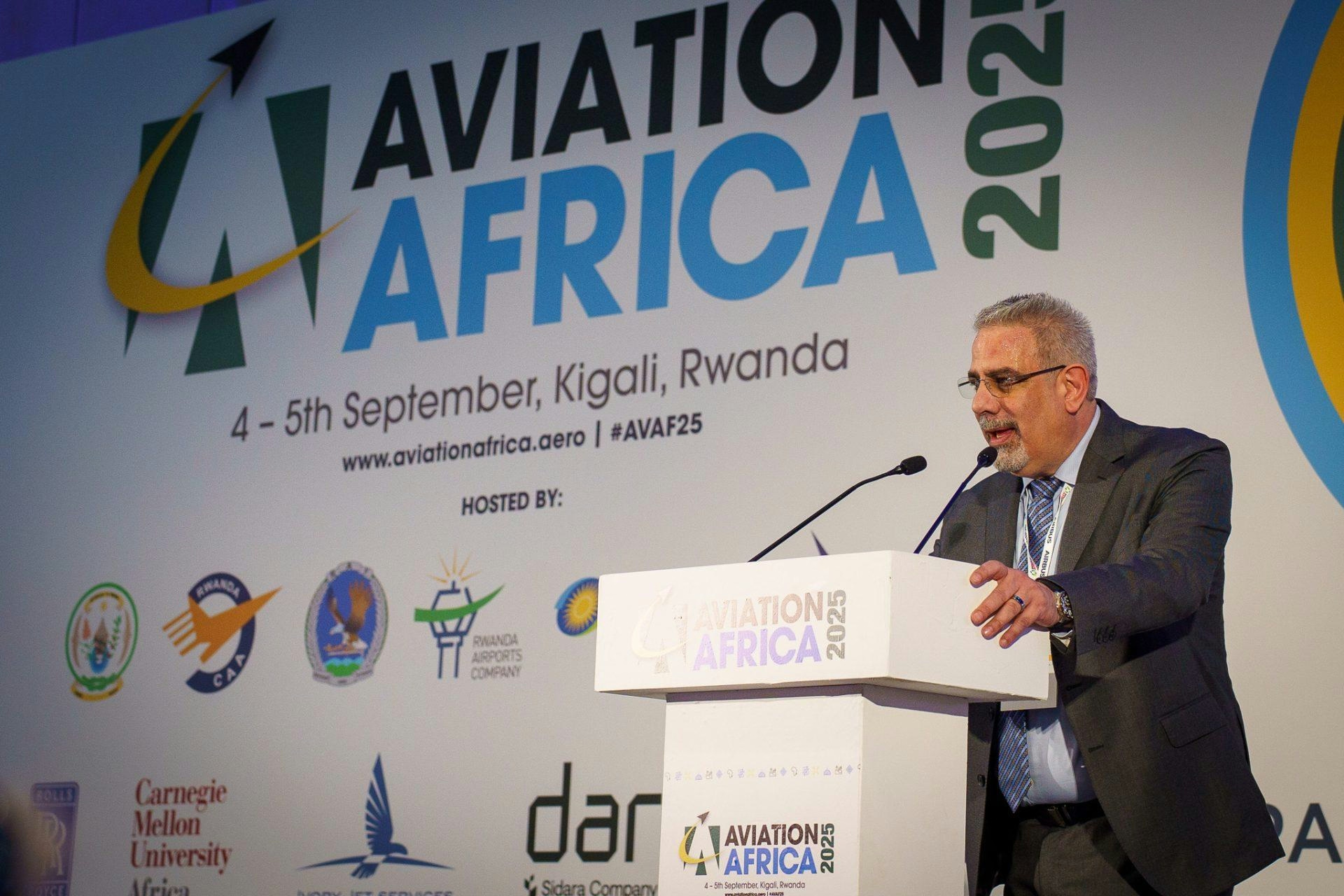
IATA Identifies Africa as the Most Expensive Region for Airline Operations
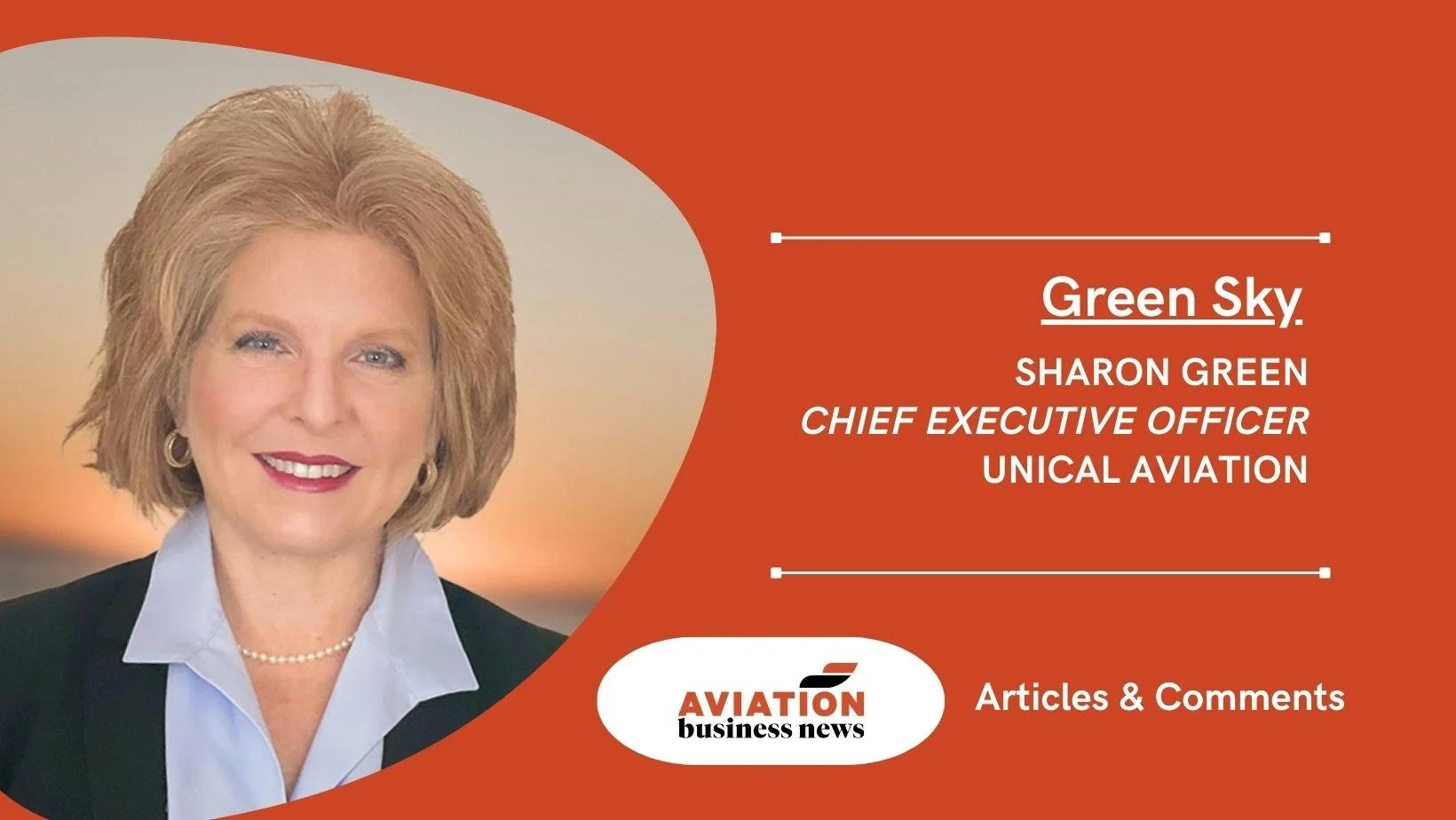
From Acquisition to Growth
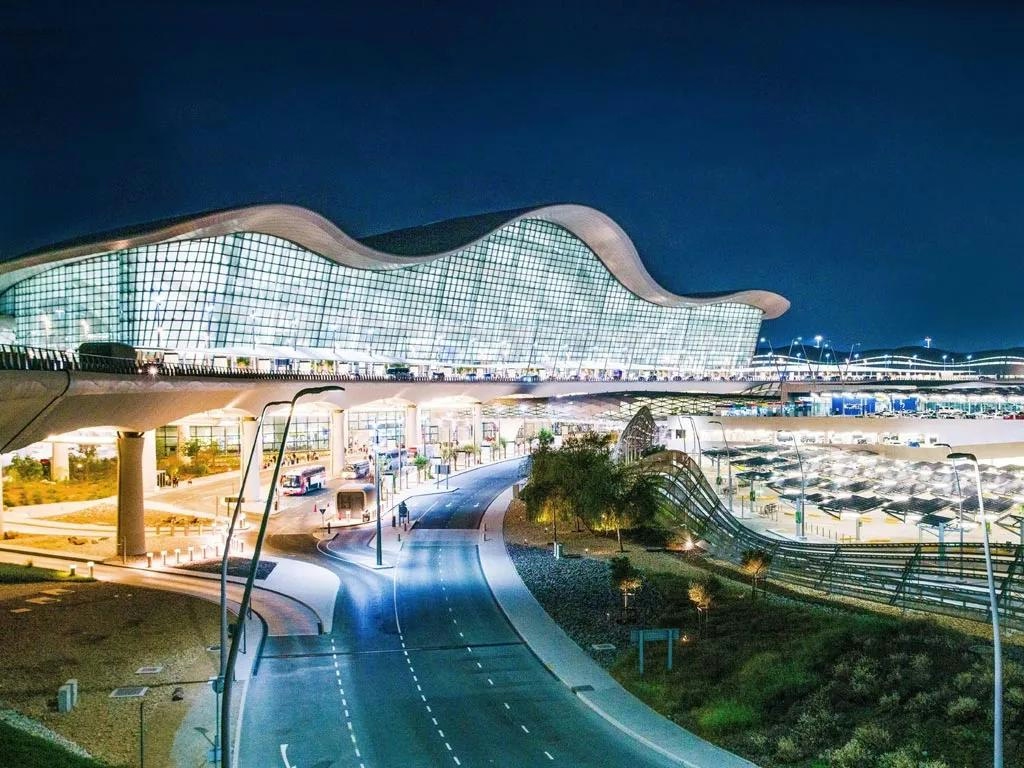
UAE Airports Adopt AI to Manage Rising Passenger Traffic

Spain’s Leading Airlines and Hotels Use Google Flights AI to Enhance Holiday Offers
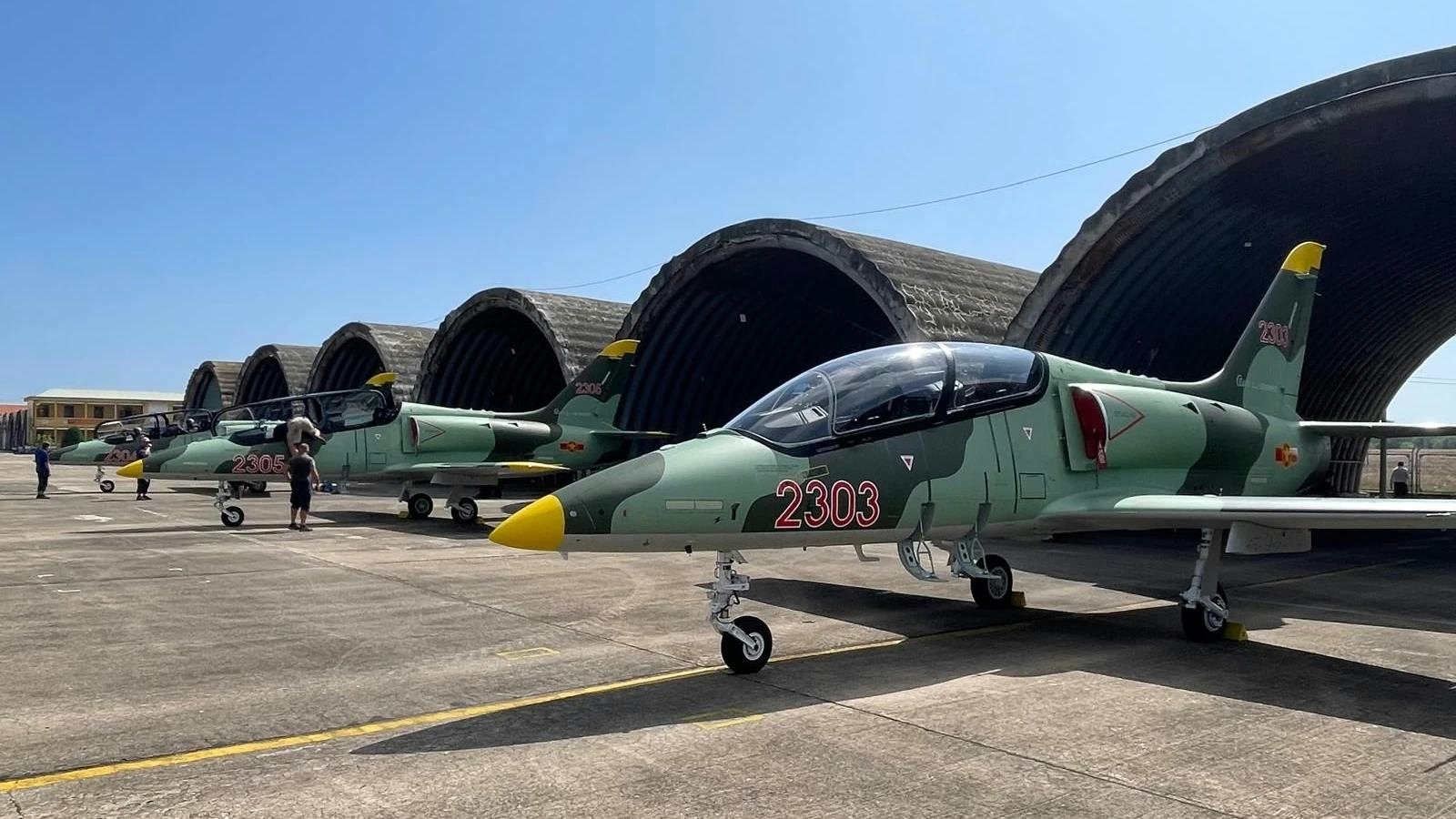
Vietnam Grounds 28 Aircraft Amid Global Engine Shortage

United Airlines Flight Returns to Dulles After Engine Failure on Takeoff

United Airlines flight makes emergency landing at Dulles after engine failure

The Impact of the New Air Force One’s Delayed 2028 Arrival on Aviation and Travel

United Airlines Restarts Controversial AI Scheduling for Flight Attendants
